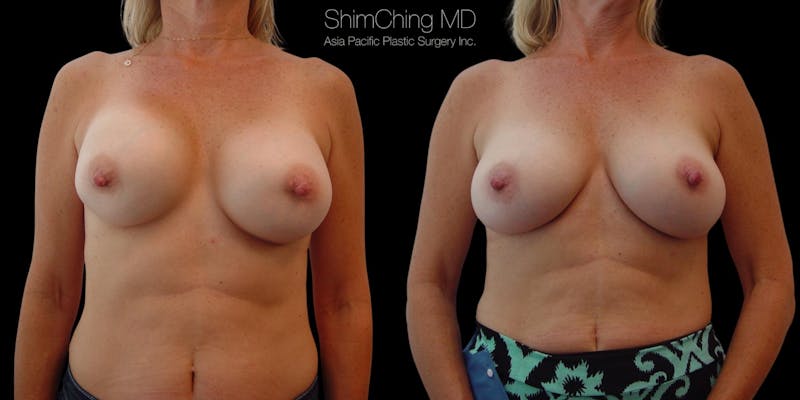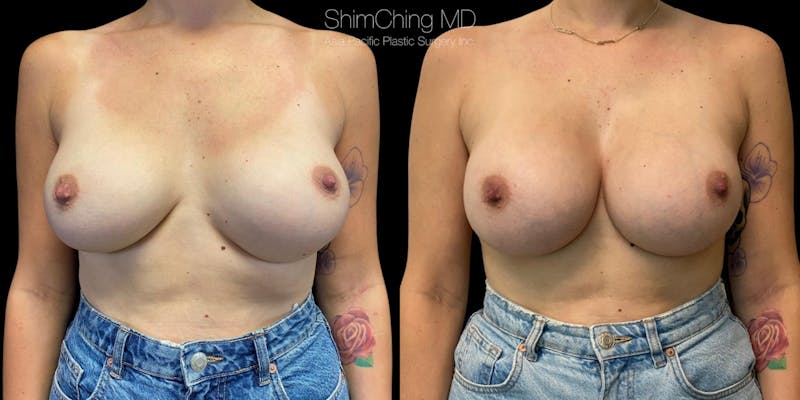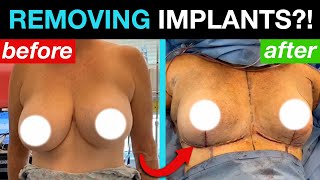Other Problems Corrected by Breast Revision
Deflation of Breast Implant
Breast implants may deflate or rupture for reasons such as trauma to the breast, injury from surgical instruments, normal wear and tear on the implant, and mechanical damage prior to or during surgery. If a deflation or rupture occurs, the treatment option is to return to the operating room, remove the ruptured implant, and replace it with a new breast implant. If the ruptured implant is a silicone gel implant, then care needs to be taken to clean out the ruptured silicone gel from the pocket area before replacing the breast implant with a new silicone gel breast implant.
Superior Displacement (Riding High)
This problem occurs when breast implants are too high on the chest wall and there is too much fullness in the upper breast. This displacement may cause the nipple-areola complex to appear low or appear to point downward. In this case, the pocket is lowered to allow the implants to settle into the pockets and have a nicer placement on the chest wall and more natural look.
Rippling/Palpability
When a patient doesn’t have much breast tissue or body fat, she may be able to feel the edges of her breast implants and notice implant rippling. Although the breast implants may be placed under the muscle (submuscular), the outer edge and cleavage areas are not covered by the muscle, and these are the most common places where rippling occurs. Correction of this problem may entail switching an implant from one type to another that’s less prone to rippling, such as replacing saline implants with silicone. In other cases, specific types of implants, such as the overfilled Natrelle INSPIRA® implants or the more cohesive Natrelle® 410 implants may be used. Strattice and fat grafting can also resolve rippling.












